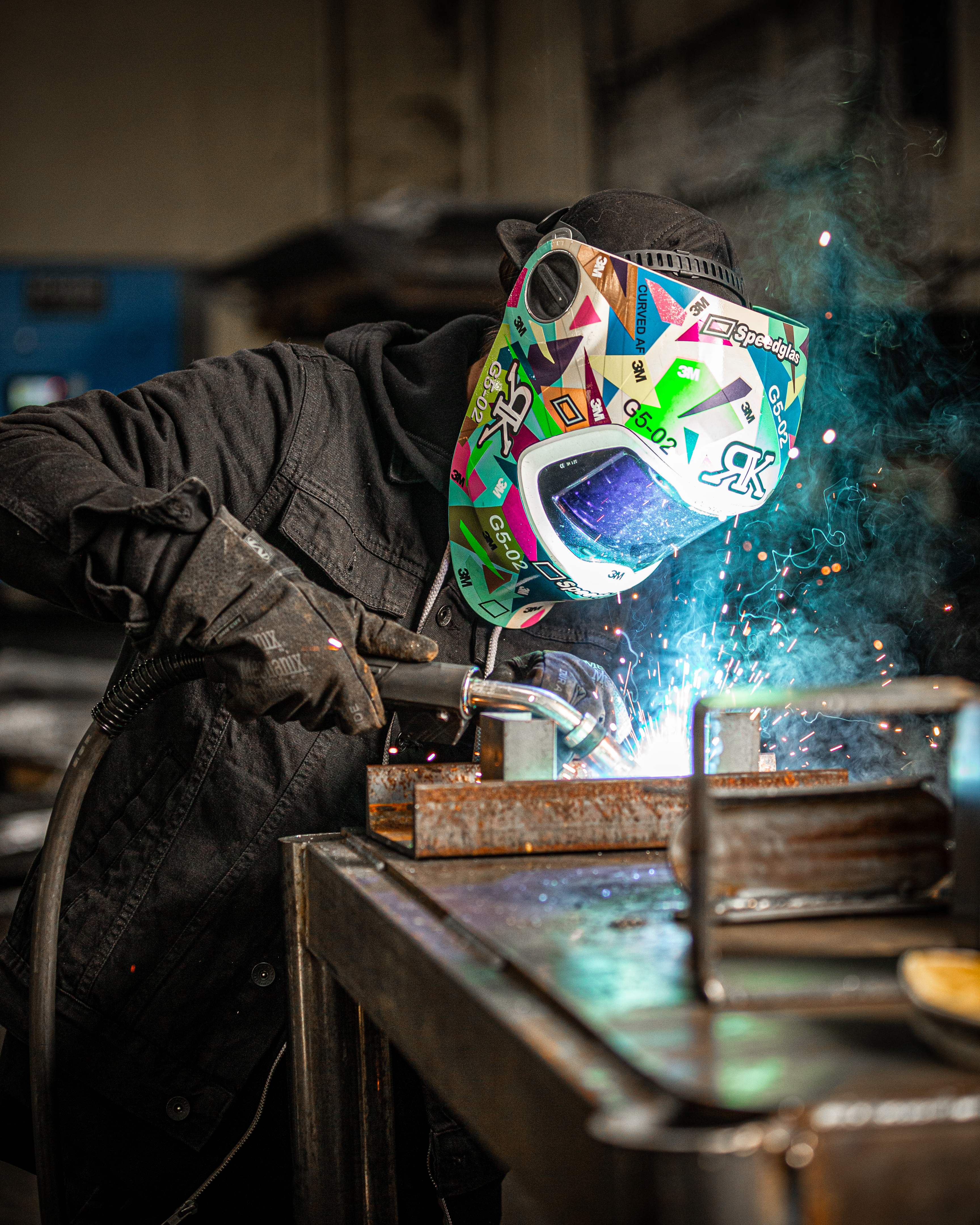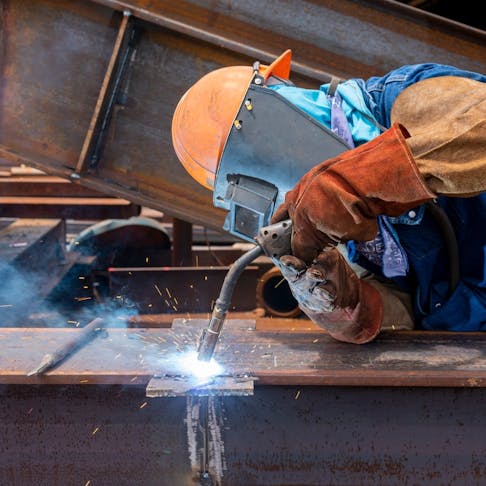The Ultimate Guide to Welding WPS Procedures: A Thorough Introduction for Welders
In the detailed globe of welding, Welding Treatment Specs (WPS) offer as the foundation of making sure high quality, uniformity, and safety in welding procedures (welding WPS). As we delve into the numerous elements of a WPS and discover the intricacies of qualification and accreditation, we will discover the important role these procedures play in the world of welding.
Value of WPS Procedures
Comprehending the importance of Welding Procedure Requirements (WPS) treatments is essential for ensuring the top quality and honesty of welded structures. WPS procedures function as a roadmap for welders, outlining the required actions, specifications, and products called for to achieve an audio weld. By adhering to WPS guidelines, welders can ensure uniformity in their job, causing dependable and structurally sound welds.
One of the primary reasons why WPS treatments are important is their role in preserving weld top quality and integrity. Adhering to the defined welding specifications and methods laid out in the WPS helps avoid issues such as porosity, cracking, or incomplete fusion, which can jeopardize the stamina and toughness of the weld.

Components of a WPS
A Welding Procedure Requirements (WPS) typically consists of important parts that information the specific demands for executing a weld, making certain consistency and top quality in the welding procedure. The key parts of a WPS include necessary variables such as base metals, filler steels, interpass and preheat temperatures, welding procedures, shielding gases, welding placements, and post-weld warm therapy demands.
Base metals describe the materials being signed up with, while filler metals are used to fill up the gap in between the base metals during welding. Preheat and interpass temperatures are critical for controlling the heat input and stopping concerns like splitting or distortion. The welding process outlines the certain strategy to be made use of, whether it's gas steel arc welding (GMAW), shielded steel arc welding (SMAW), or an additional approach. Protecting gases shield the weld pool from atmospheric contamination. Welding settings specify the alignments in which welding can be carried out. Post-weld warmth treatment might be essential to ease stresses and enhance the weld's homes. A detailed understanding of these elements is critical for creating a extensive and efficient WPS.

Credentials and Certification
Having established the vital parts of a Welding Treatment Requirements (WPS), the emphasis now shifts towards the critical facets of credentials and certification in welding methods.

Accreditation, on the various other hand, is the formal acknowledgment of a welder's qualifications by a relevant accreditation body or company. Welding qualifications click this are typically based on the certain welding processes, materials, and placements a welder is qualified to read function with. Holding a legitimate welding accreditation shows that a welder meets sector criteria and is competent to do welding jobs to the required specs.
Developing a WPS
To establish a Welding Procedure Specification (WPS) that meets industry standards, careful factor to consider of welding processes, products, and functional specifications is necessary. The first action in developing a WPS is to determine the welding procedure to be utilized, such as gas metal arc welding (GMAW) or secured metal arc welding (SMAW)

Implementing and Keeping An Eye On WPS
Upon wrapping up the detailed Welding Procedure Spec (WPS) that meticulously information welding processes, products, operational parameters, and top quality guarantee steps, the emphasis shifts to successfully implementing and keeping an eye on the established procedures. Application entails making sure that all welders associated with the job are acquainted with the WPS and follow it diligently throughout the welding procedure. This requires supplying ample training and guidance to ensure adherence to the specified procedures. Keeping track of the WPS involves constant oversight to validate that welding tasks line up with the recorded specifications. Inspections, testing, and quality assurance actions are vital elements of the surveillance process to identify any type of discrepancies or problems without delay. Regular audits and reviews of the welding procedures aid in keeping uniformity and high quality throughout the project. Effective implementation and tracking of the WPS are important for guaranteeing the integrity, toughness, and security of the welded joints, eventually adding to the total success of the welding job.
Final Thought
To conclude, understanding and adhering to Welding Treatment Requirements (WPS) is essential for welders to ensure top quality, consistency, and security in their job. By understanding the parts of a WPS, obtaining appropriate credentials and certifications, creating in-depth treatments, and applying and monitoring them efficiently, welders can improve their abilities and proficiency in welding methods. Sticking to WPS treatments is essential for creating high-quality welds and conference sector criteria.
In the intricate world of welding, Welding Procedure Specifications (WPS) serve as the backbone of guaranteeing high quality, consistency, and security in welding operations. The welding process describes the particular method to be utilized, whether it's gas metal arc welding (GMAW), protected metal arc welding (SMAW), or one more technique.To establish a Welding Treatment Requirements (WPS) that satisfies sector criteria, mindful factor to consider of welding processes, materials, and functional criteria is important. The first step in developing a WPS is original site to identify the welding process to be made use of, such as gas metal arc welding (GMAW) or protected metal arc welding (SMAW)Upon settling the extensive Welding Treatment Specification (WPS) that thoroughly information welding procedures, materials, operational criteria, and top quality guarantee measures, the focus shifts to efficiently executing and monitoring the well-known treatments.